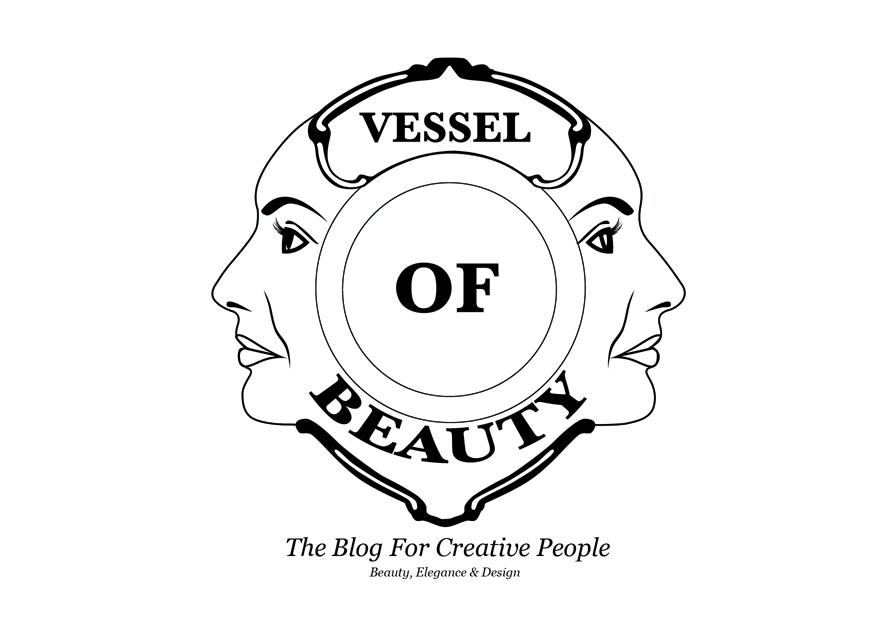Front View of Opera House © Ozel Office
Ozel Office, a practice based in both LA, California and Istanbul, Turkey, has designed a competition proposal for an Opera House for Izmir, a port town off the Aegean Coast. The competition challenged participants to see architecture as a “catalyst” that could potentially help the city re-center itself as a hub of economic activity and source of cultural significance. The collaborative effort within the office, especially led by Guvenc Ozel and Erdim Kumkumoglu, produced a proposal where the ”architecture becomes a catalyst that reinforces the relationship between the old city, the new city, the waterfront and urban culture. In short, our vision is a synergy of spatial, cultural as well as practical and contextual aesthetics.”
More images and more about the project after the break.
“Although we believe that larger urban planning initiatives cannot be reduced to singular architectural interventions, the structure we propose intends to not only act as a gradient that transitions the existing and proposed activities in this new and emerging part of the city but also aims to plug into a much larger global cultural context through a dynamic fusion of aesthetic, cultural and functional criteria,” explained the architect.
By tapping into the architectural memory of Izmir, specifically the tower and the amphitheater (both of which have significant places is Izmir’s history), Ozel has created architecture that uses the existing as a starting point to further develop for our contemporary society. Historically, towers’ strong presence create a sense of place within the city, as the “urban markers” can be immediately recognized due to their iconic stature. And, the amphitheater’s functionality as a public gathering holder is a “form that acts as an interface for social unity.” Working with these two elements, the new Opera became “both a monument and a continuous public space.”
“We believe that Izmir needs a contemporary tower that signifies and marks its new and emerging priorities and announces its progressive cultural agenda….and… We believe that the Opera House as a cultural construct can incorporate architectural strategies of an amphitheater in a contemporary fashion in order to serve as a social catalyst that encourages public interaction and an urban democracy,” explained the architect.
To turn their ideas about urban memory into the beginning of their architectural statement, conceptually, the Opera House was envisioned as an extension of the existing cultural landscape of the city. Aesthetically, the Opera House’s draped form was designed to be perceived as topography, ensuring “an uninterrupted integration” of the existing with the new. This seamless integration allows cultural happenings, such as ballet and opera, to become threaded into the fabric of daily life.
Read More @ Archdaily...
- Early Diagrams © Ozel Office
- Program Diagrams © Ozel Office
- Site Plan © Ozel Office
- Floor Plans © Ozel Office
- Sections © Ozel Office
- Facade Assembly © Ozel Office
- Front View of Opera House © Ozel Office
- Night Shot © Ozel Office
- Interior © Ozel Office
- Back View at Dusk © Ozel Office
FINAL+LOGO-06.jpg)

0 comments:
Post a Comment